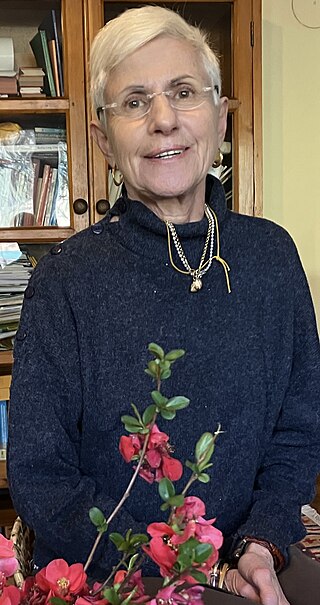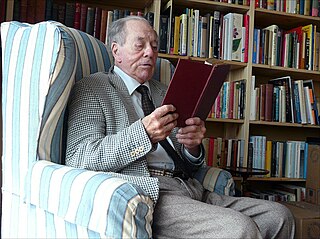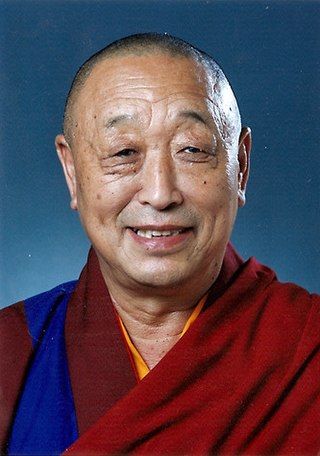| coatofarms = | coatofarms_article = | coatofarms_link = | incumbent = Tenzin Gyatso, 14th Dalai Lama | image = Dalailama1 20121014 4639.jpg | first = Gendün Drubpa, 1st Dalai Lama, posthumously awarded after 1578. | formation = 1391 | residence = McLeod Ganj, Dharamshala, India | appointer = | website = dalailama.com }} Dalai Lama is a title given by the Tibetan people to the foremost spiritual leader of the Gelug or "Yellow Hat" school of Tibetan Buddhism, the newest and most dominant of the four major schools of Tibetan Buddhism. The 14th and incumbent Dalai Lama is Tenzin Gyatso, who lives in exile as a refugee in India. The Dalai Lama is also considered to be the successor in a line of tulkus who are believed to be incarnations of Avalokiteśvara, the Bodhisattva of Compassion.

Bon or Bön, also known as Yungdrung Bon, is the indigenous Tibetan religion which shares many similarities and influences with Tibetan Buddhism. It initially developed in the tenth and eleventh centuries but retains elements from earlier Tibetan religious traditions. Bon is a significant minority religion in Tibet, especially in the east, as well as in the surrounding Himalayan regions.

The Gelug is the newest of the four major schools of Tibetan Buddhism. It was founded by Je Tsongkhapa (1357–1419), a Tibetan philosopher, tantric yogi and lama and further expanded and developed by his disciples.
Zhangzhung or Shangshung was an ancient kingdom in western and northwestern Tibet, pre-dating Tibetan Buddhism. Zhangzhung culture is associated with the Bon religion, which has influenced the philosophies and practices of Tibetan Buddhism. Zhangzhung people are mentioned frequently in ancient Tibetan texts as the original rulers of today's western Tibet. Only in the last two decades have archaeologists been given access to do field work in the areas once ruled by the Zhangzhung.

The wind horse is a symbol of the human soul in the shamanistic tradition of East Asia and Central Asia. In Tibetan Buddhism, it was included as the pivotal element in the center of the four animals symbolizing the cardinal directions and a symbol of the idea of well-being or good fortune. It has also given the name to a type of prayer flag that has the five animals printed on it.

Ngawang Lobsang Gyatso was the 5th Dalai Lama and the first Dalai Lama to wield effective temporal and spiritual power over all Tibet. He is often referred to simply as the Great Fifth, being a key religious and temporal leader of Tibetan Buddhism and Tibet. Gyatso is credited with unifying all Tibet under the Ganden Phodrang after a Mongol military intervention which ended a protracted era of civil wars. As an independent head of state, he established relations with the Qing empire and other regional countries and also met early European explorers. Gyatso also wrote 24 volumes' worth of scholarly and religious works on a wide range of subjects.

Lopön Tenzin Namdak is a Tibetan religious leader and the most senior teacher of Bon, in particular of Dzogchen and the Mother Tantras.
Tapihritsa or Tapahritsa was a Bon practitioner who achieved the Dzogchen mastery of the rainbow body and consequently, as a fully realised trikaya Buddha, is invoked as an iṣṭadevatā by Dzogchen practitioners in both Bon and Tibetan Buddhism. He is known for his achievement of the rainbow body.

Trülku Drakpa Gyeltsen (1619–1656) was an important Gelugpa lama and a contemporary of the 5th Dalai Lama (1617–1682). His Seat was the upper residence of Drepung Monastery, a famous Gelug gompa located near Lhasa.

Françoise Pommaret is a French ethno-historian and Tibetologist.
Charles Albert Edward Ramble is an anthropologist and former University Lecturer in Tibetan and Himalayan Studies at the Oriental Institute, Oxford University. Since 2009 he has been Professor and Directeur d'études at the Ecole pratique des hautes études, Paris. Between 2006 and 2013 he was elected president of the International Association for Tibetan Studies (IATS) and convened the 10th seminar of IATS at Oxford in 2003.
Per Kværne is a Norwegian tibetologist and historian of religion.

Nangzhik Monastery, formerly known by several other names, is a monastery of the Bon religion in Amdo, modern Ngawa Town, Sichuan, China. It is about a 4 kilometres (2.5 mi) walk up a shortcut to reach the monastery on a hill to the north of the town. On a hill to the east is another Bon monastery named Togden or Topgyel which has a large stupa nearby.

Sönam Rapten, initially known as Gyalé Chödze and later on as Sönam Chöpel, was born in the Tholung valley in the Central Tibetan province of Ü. He started off as a monk-administrator of the Ganden Phodrang, the early Dalai Lamas' residence at Drepung Monastery, outside Lhasa, Tibet. From around or before the age of 20 he became the Treasurer and the "Chagdzo" of the Fourth (1589-1617) and, subsequently, the Fifth Dalai Lama (1617-1682). He presided as the most senior official of the Gelugpa school of Tibetan Buddhism for over 40 years.
A brief chronology of the history of Tibet:

David Llewellyn Snellgrove, FBA was a British Tibetologist noted for his pioneering work on Buddhism in Tibet as well as his many travelogues.
Jeff Watt is a scholar and curator of Himalayan and Tibetan Art and well known translator of Tibetan texts.

Jaisang Depa was born as Trinle Gyatso in the Ü province of Tibet around the beginning of the seventeenth century. He was also known as Drongmene meaning the person from Drongme village. A monk of the Geluk tradition, he served as Personal Assistant to Lobzang Gyatso, the Fifth Dalai Lama from 1632 to 1660. In 1660 he was appointed as Regent, de facto Ruler of Tibet, by Lobzang Gyatso, who renamed him at that point as Trinle Gyatso. In this post he succeeded Depa Norbu and retained it until his death in 1668. He was the Fifth Dalai Lama's third Regent out of a total of six and was succeeded by Lobzang Tutop.

Lungtok Tenpai Nyima was the 33rd Menri Trizin, the abbot of the Menri Monastery and former leader of Bon.
The Bön Kangyur and Tengyur are collections of canonical texts of the Tibetan Bön religion. Like the Tibetan Buddhist canon, the Bönpo canon consists of two complementary collections: the Kangyur or translated word, consisting of 179 large volumes containing teachings attributed to Tonpa Shenrab, the legendary founder of the Bön religion; and the Tengyur containing commentaries on those teachings, as well as cycles of additional instructions, biographies, and rituals. These canonical texts were supposedly translated from original texts in the Zhang-Zhung language.
Asian Commitment: Travels and Studies in the Indian Subcontinent and South Asia, David l. Snellgrove, Orchid Press 2008
himalaya.socanth.cam.ac.uk/collections/journals/ Digital Himalaya: Revue d'Études Tibétaines Number 15, Novembre 2008 - Tibetan Studies in Honour of Samten Karmay, Part II, November 2008












